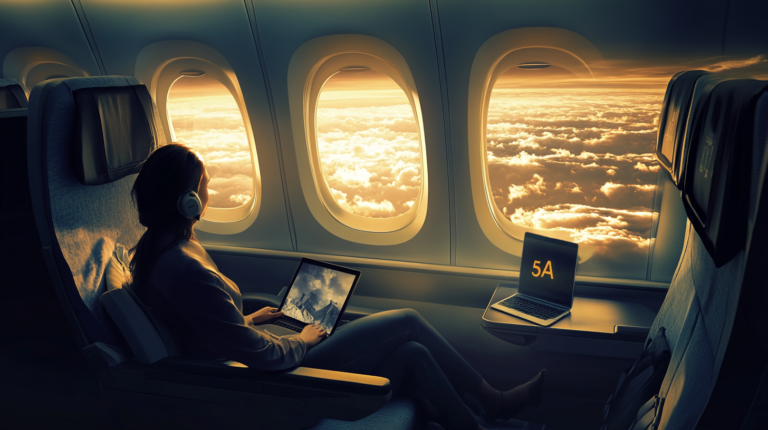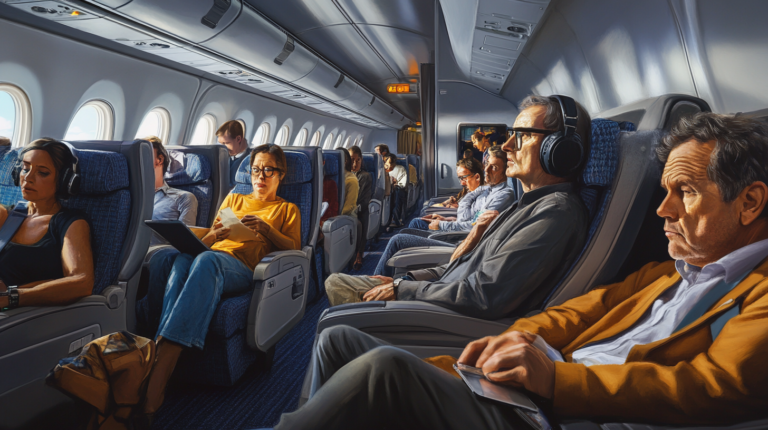The Joy of Travel in the Digital Age: How Social Media Shapes Our Journeys
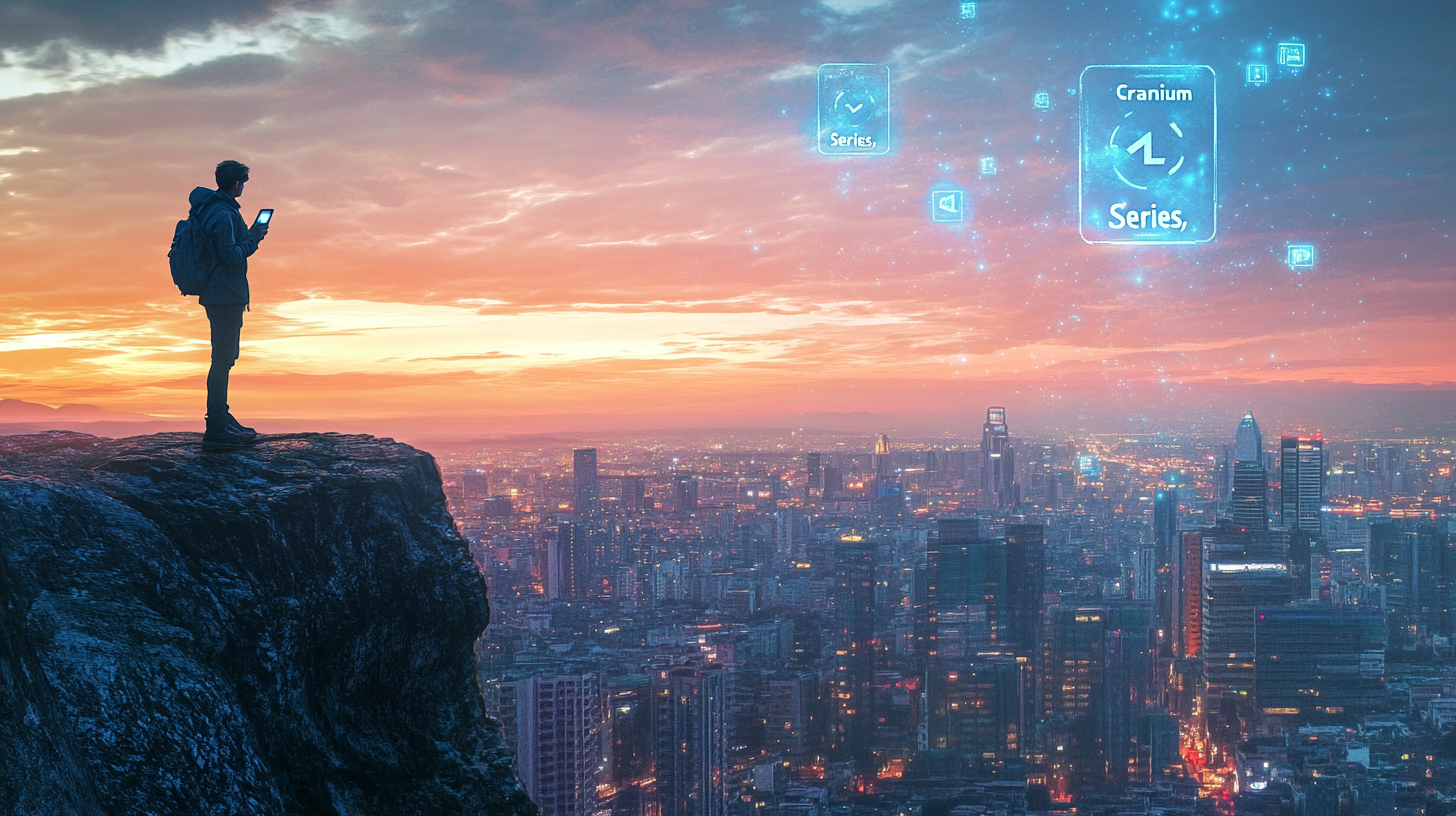
In today’s interconnected world, social media has revolutionized the way we travel, turning every journey into a potential story waiting to be shared. From sparking the initial wanderlust to meticulously planning itineraries, and finally sharing those unforgettable moments, platforms like Instagram, TikTok, and Xiaohongshu have woven themselves into the very fabric of modern travel experiences. Travelers no longer rely solely on traditional guides; instead, they explore curated feeds and viral trends to discover their next adventure. This article delves into how social media influences travel decisions, uncovers the impact of trending topics and media phenomena on destination popularity, and explores how the act of sharing experiences online not only documents personal journeys but shapes the perceptions and choices of others.
The Rise of Social Media in Travel
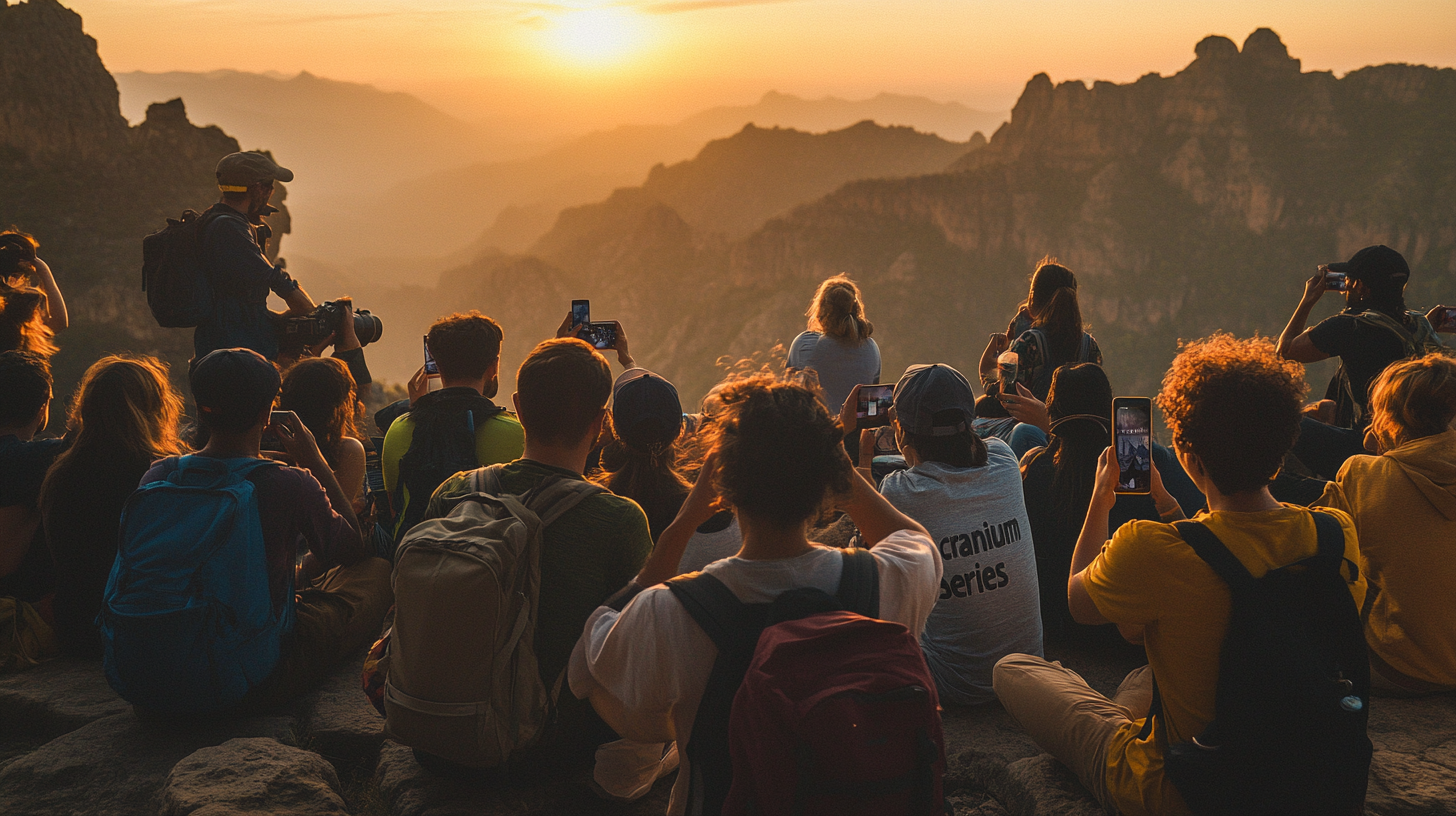
Social media has transformed the travel industry by reshaping how people gather information, make decisions, and share their experiences. No longer are travelers confined to glossy brochures or static websites; now, a simple scroll through a feed can unveil hidden gems and untapped destinations, as discussed in The Impact of Social Media on Discovering New Travel Hotspots . Approximately 43% of travelers seek social media endorsements before choosing their destinations, underscoring the significant influence these platforms wield. Visual-centric platforms showcase extensive travel experiences through captivating images and compelling videos, often promoting lesser-known locales that might have otherwise remained under the radar. This democratization of travel inspiration ignites wanderlust in users worldwide, encouraging them to step off the beaten path and explore new horizons.
Social Media as a Source of Inspiration
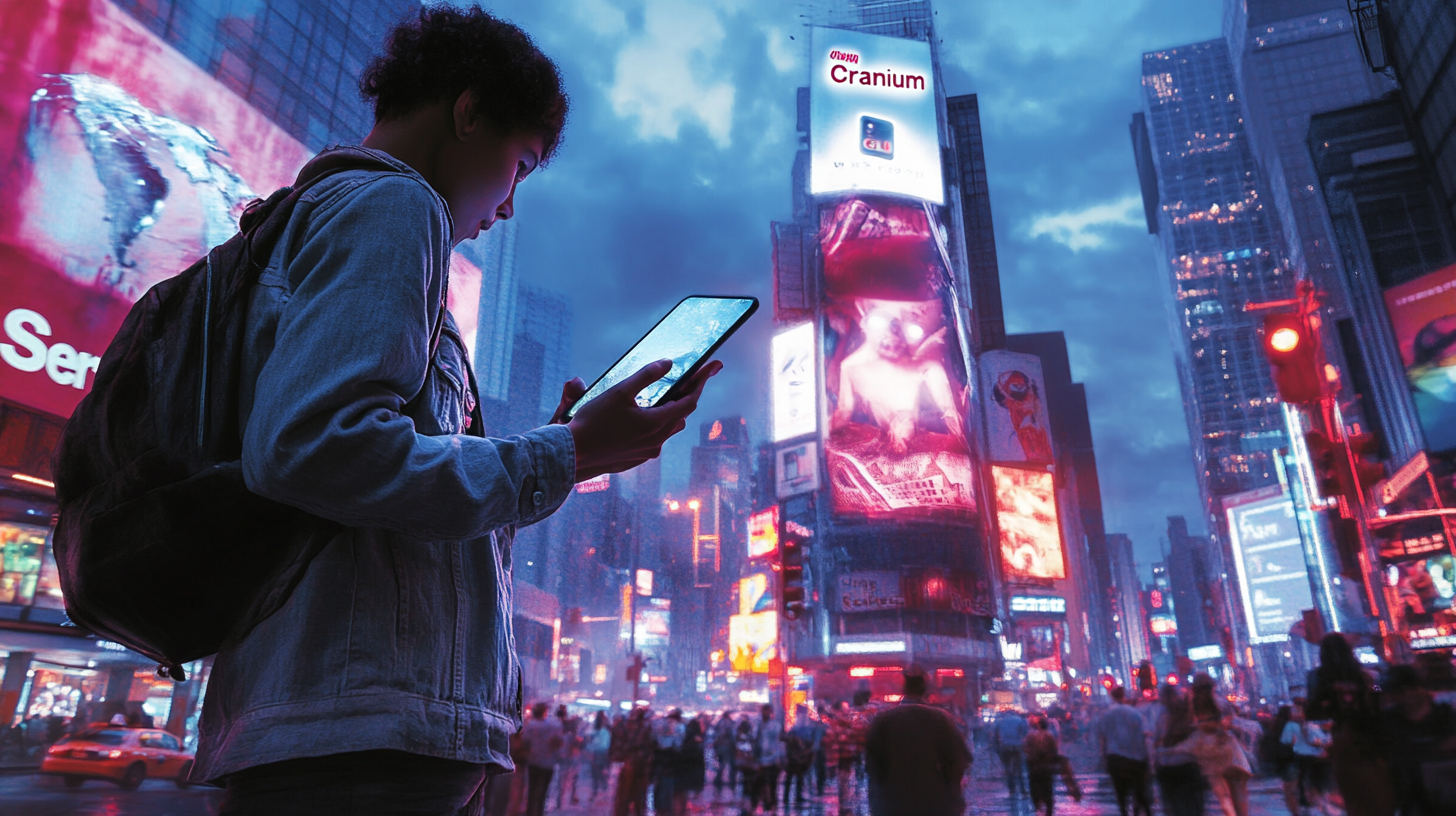
Platforms like Instagram and TikTok serve as virtual windows to the world, offering not just glimpses but immersive experiences of diverse cultures and breathtaking landscapes. The allure of a sunset over the Santorini caldera or the vibrant streets of Marrakech is brought directly to one’s device, making distant places feel intimately familiar. For many, especially Generation Z, scrolling through curated feeds fuels the desire to explore new places, converting casual viewers into aspiring travelers. Social media enables virtual travel experiences that expand horizons, and through features like live stories and interactive content, such as Virtual Tours via Social Media Platforms , users can engage with destinations in real-time. This immediacy and accessibility make the world feel more connected and accessible than ever before, inspiring individuals to turn their digital explorations into reality.
The Role of User-Generated Content
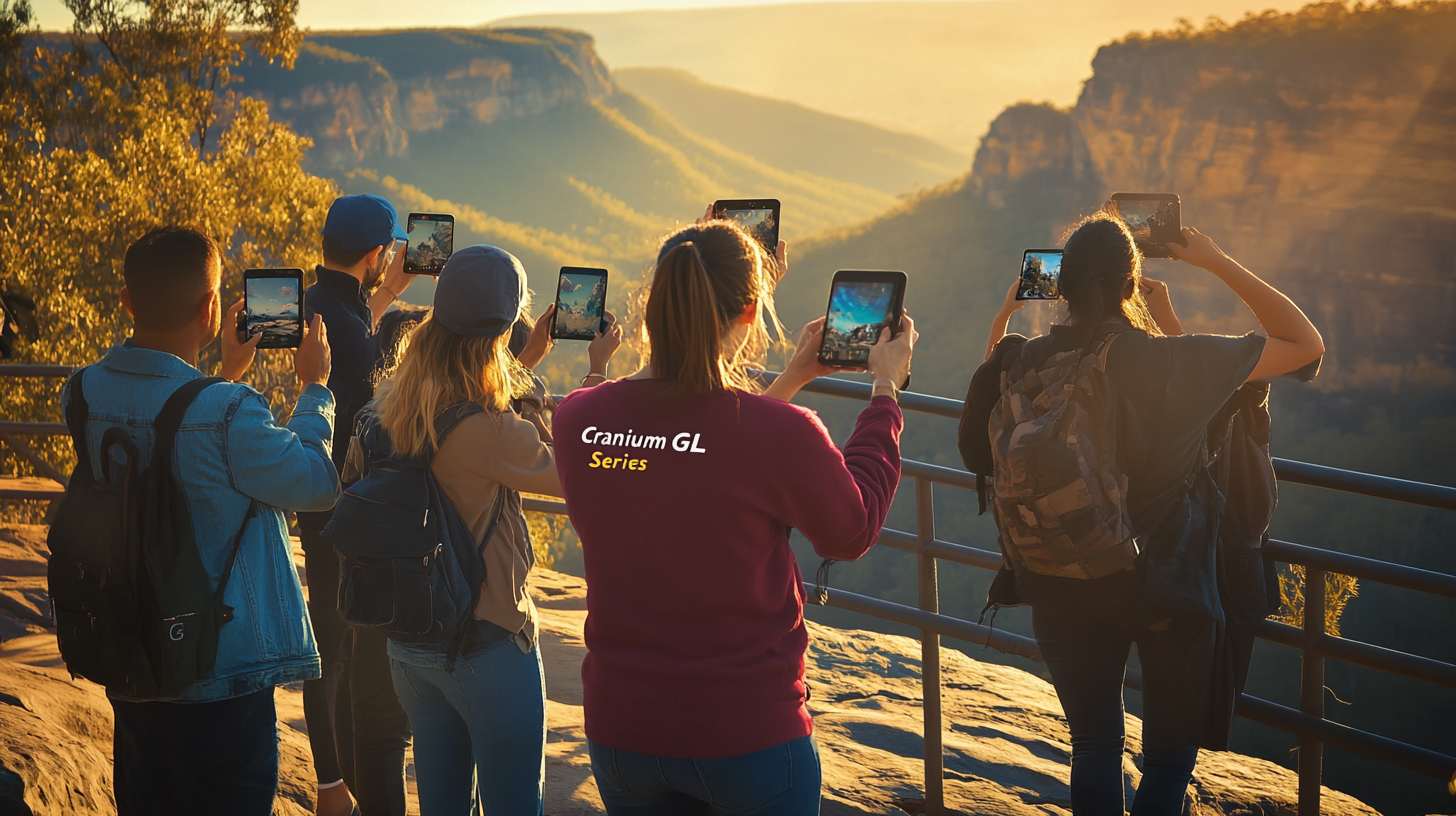
User-generated content (UGC) plays a pivotal role in influencing travel decisions, serving as a modern-day word-of-mouth amplified across global platforms. When travelers share their own photos, videos, and stories, they provide authentic insights into destinations, accommodations, and experiences. This unfiltered content often carries more weight than traditional advertising because it stems from real experiences and personal recommendations rather than curated marketing material. For instance, a captivating blog post about trekking in the Himalayas, like An Adventurer’s Guide to the Himalayan Trails , or an Instagram story showcasing the local cuisine in a hidden gem of a town can inspire others to embark on similar journeys. UGC creates a community of travelers who learn from each other’s adventures, challenges, and discoveries.
Influence of Visual Platforms
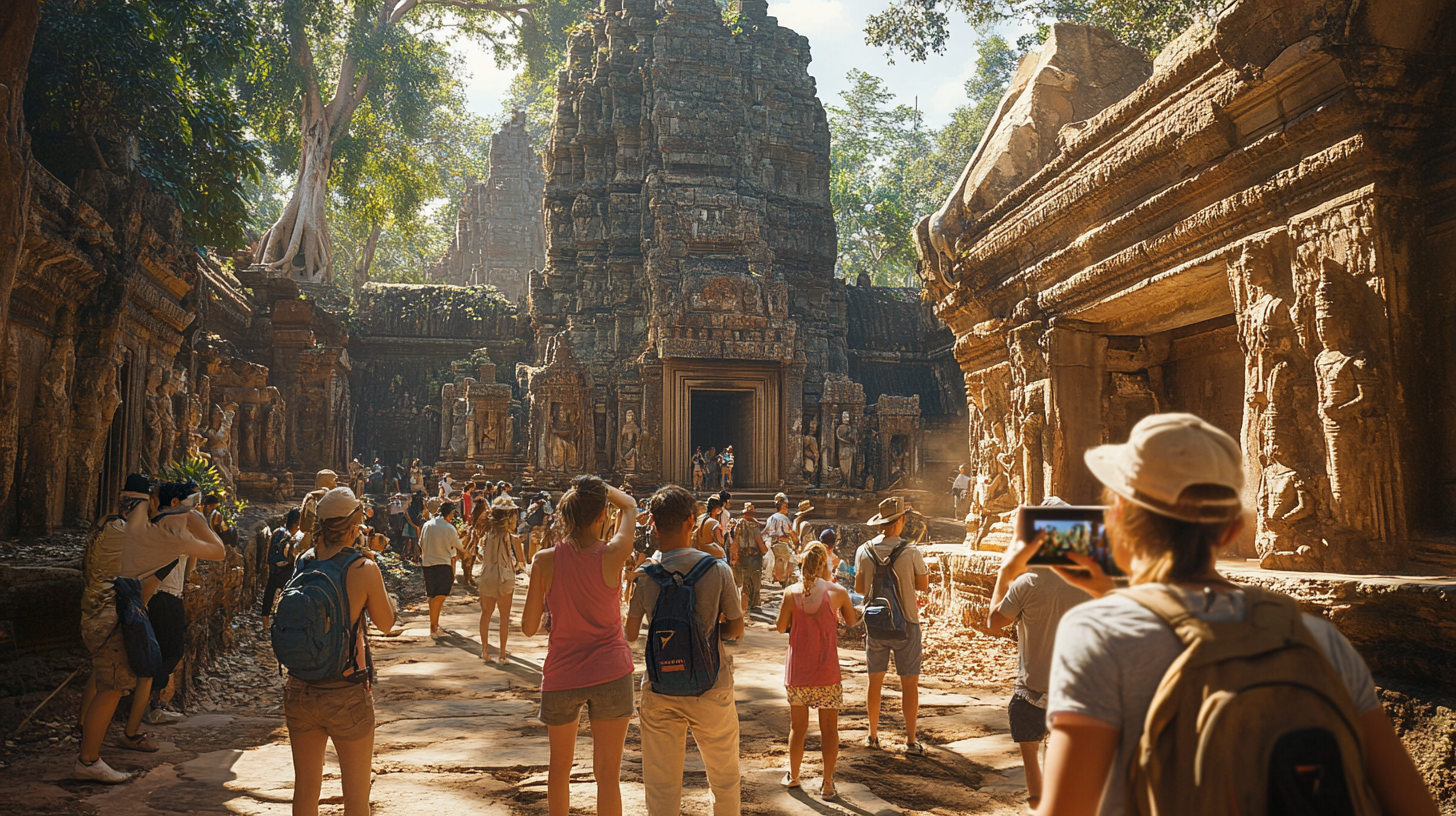
Visual storytelling on platforms like Instagram and TikTok captivates audiences with stunning imagery and engaging videos that often tell a story beyond words. These platforms thrive on aesthetic appeal and creativity, enabling users to showcase destinations in their most flattering light. Hashtags, filters, and viral challenges contribute to a place’s popularity, sometimes overnight. For example, the once-sleepy village of Chefchaouen in Morocco became a tourist hotspot after its blue-painted buildings were widely shared on Instagram, as detailed in The Rise of Instagram-Famous Destinations . Such phenomena demonstrate the profound impact these platforms have on destination popularity, with certain locales becoming ‘must-visit’ spots after going viral online. The allure of capturing similar photos or recreating popular posts motivates travelers to include these destinations in their itineraries, seeking to experience and share the beauty firsthand.
Impact of Trending Topics and Media Phenomena
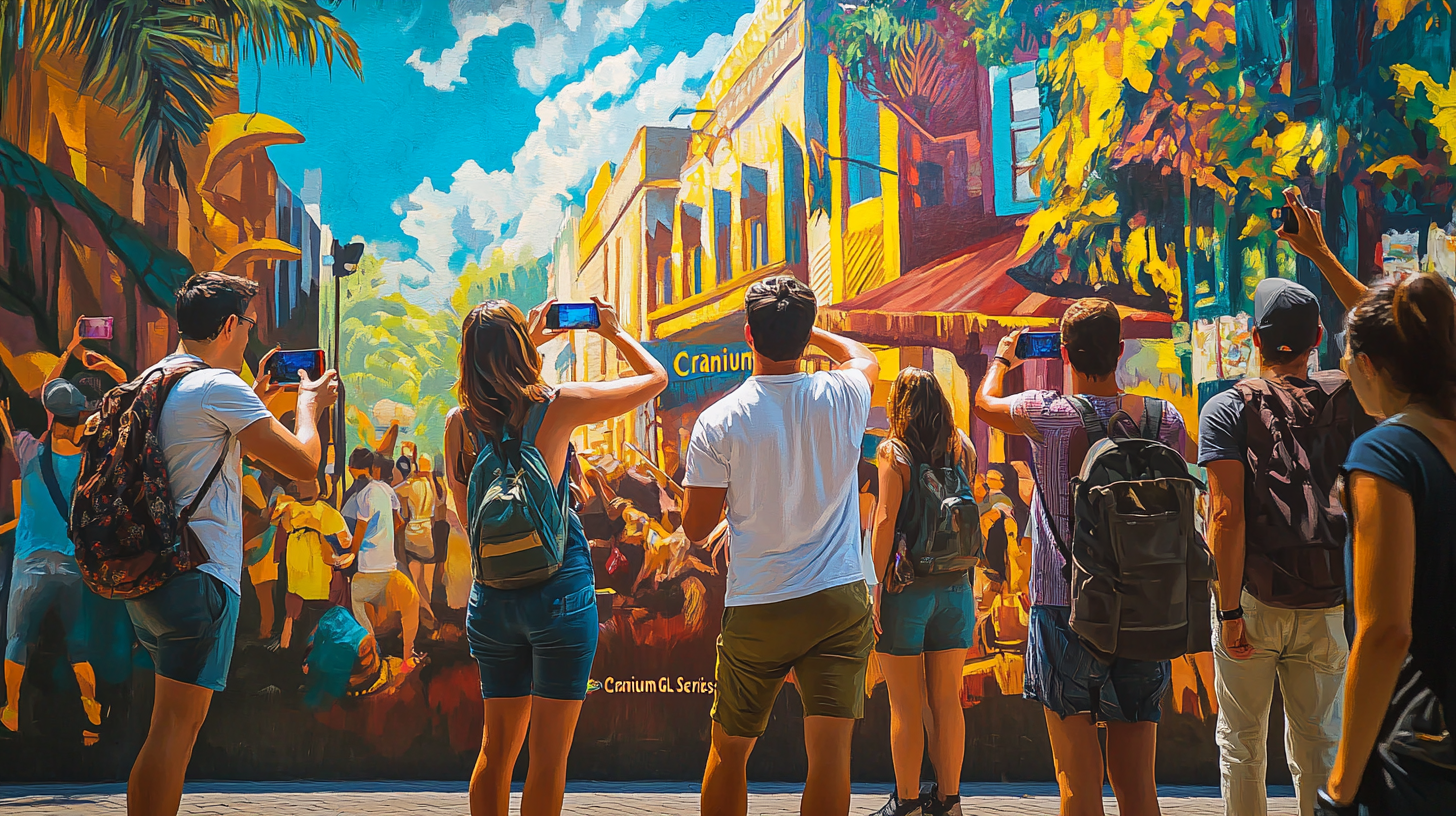
Trending topics, especially those revolving around highly anticipated films or television series, can significantly influence travel trends, propelling certain destinations into the global spotlight. When a new movie or show captures the public’s imagination, the locations featured often become objects of fascination. For instance, a television series like “Cranium GL Series,” set against the backdrop of exotic locales, might highlight the sweeping vistas of remote islands or the architectural wonders of ancient cities, as explored in Destinations Brought to Life by Popular Media . This on-screen portrayal can spark interest and drive tourism to those areas as fans seek to immerse themselves in the worlds they’ve come to love. The association with popular media adds an element of excitement and novelty, attracting fans eager to experience the settings firsthand and perhaps walk the same paths as their favorite characters.
Destinations Popularized by Media
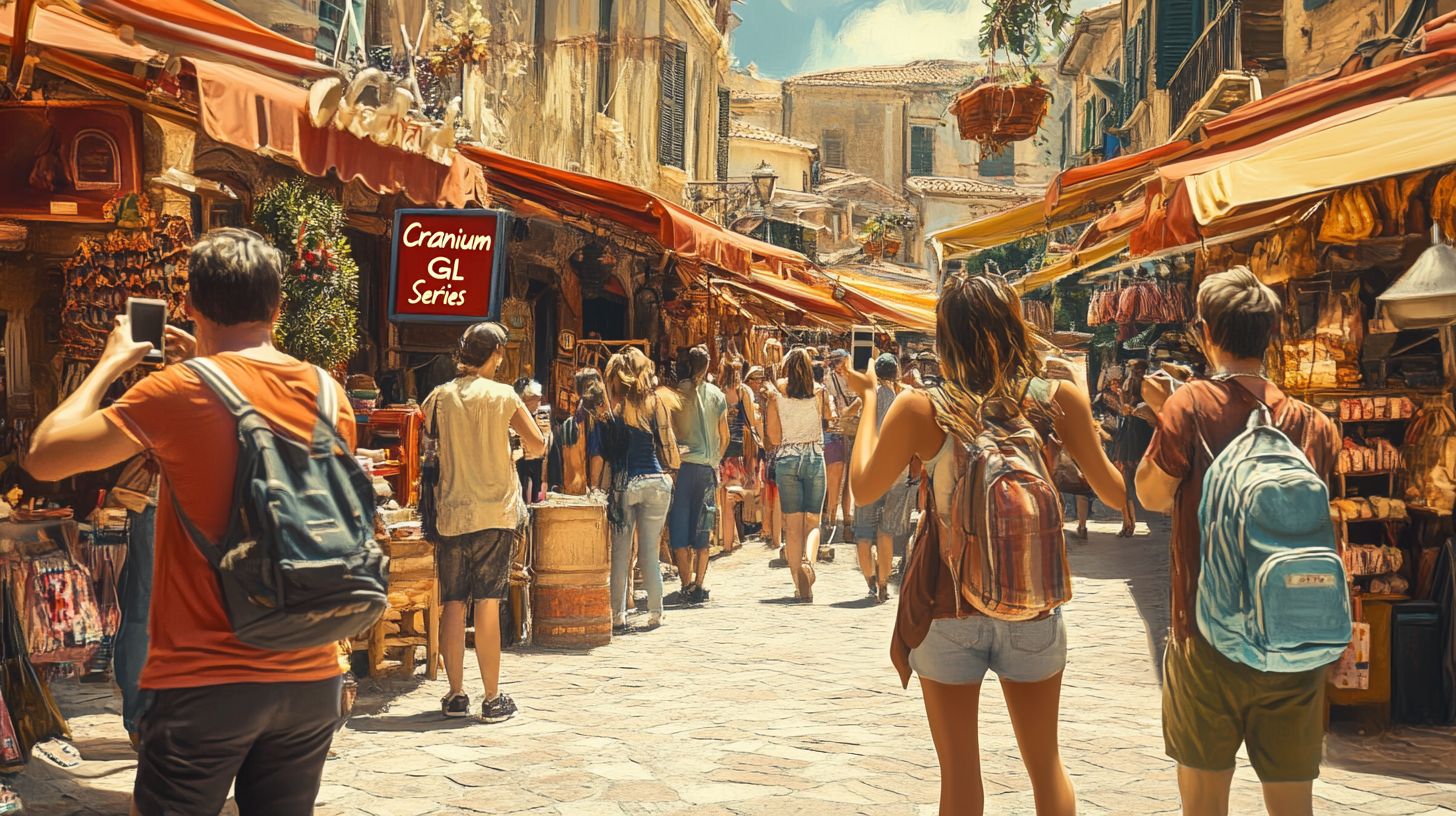
Media phenomena have the power to put destinations on the global map, transforming obscure locales into bustling tourist hubs. Locations featured in movies, TV shows, or even viral social media posts often see a surge in visitor numbers shortly after their on-screen appearance. For instance, the depiction of New Zealand’s landscapes in the “Lord of the Rings” trilogy turned the country into a mecca for fans, bolstering its tourism industry significantly. Similarly, the town of Dubrovnik in Croatia experienced a tourism boom after serving as a filming location for the popular series “Game of Thrones,” as highlighted in The Impact of Film and Television on Travel Destinations . Travelers are drawn to these places to immerse themselves in the environments they’ve admired on screen, blending their love for media with their passion for exploration. Walking through these settings allows fans to connect more deeply with the stories and characters they cherish, making their travel experiences uniquely memorable.
Sharing Travel Experiences Online
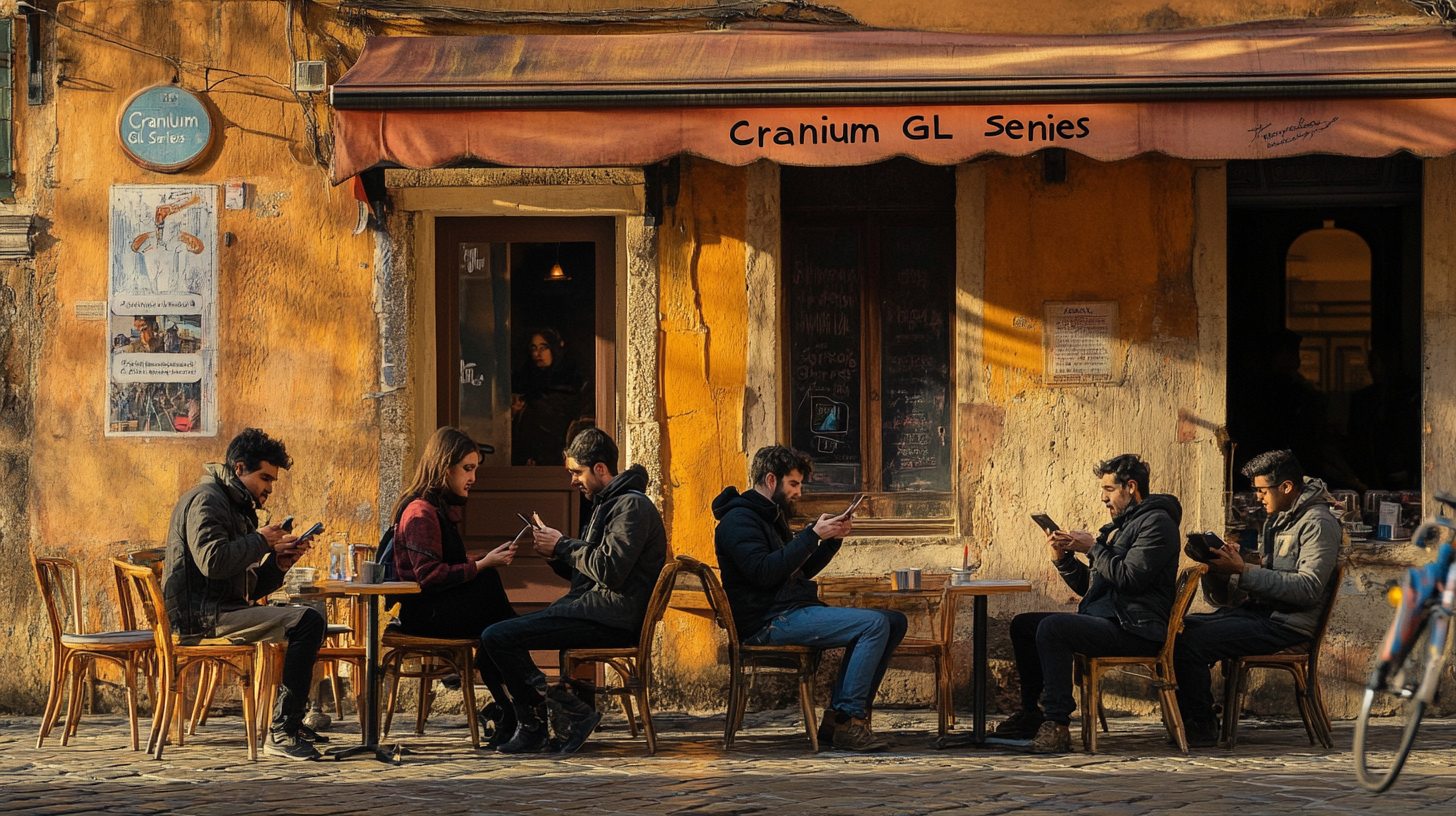
For many individuals, sharing experiences on social media has become an integral part of the travel journey, almost as essential as the experience itself. Platforms provide opportunities for real-time updates, enabling travelers to connect with friends, family, and followers instantly, no matter where they are in the world. Posting photos of a breathtaking sunset, sharing a story about an unexpected adventure, or even live-streaming from a cultural festival, as encouraged by Social Media’s Role in Real-Time Travel Sharing , enhances the travel experience by fostering a sense of community and engagement. This sharing not only documents personal journeys for posterity but also influences others’ perceptions and decisions, potentially inspiring them to embark on similar adventures. The act of sharing can amplify the joy of travel, turning individual experiences into shared narratives that resonate with a wider audience.
The Power of Electronic Word of Mouth (eWOM)
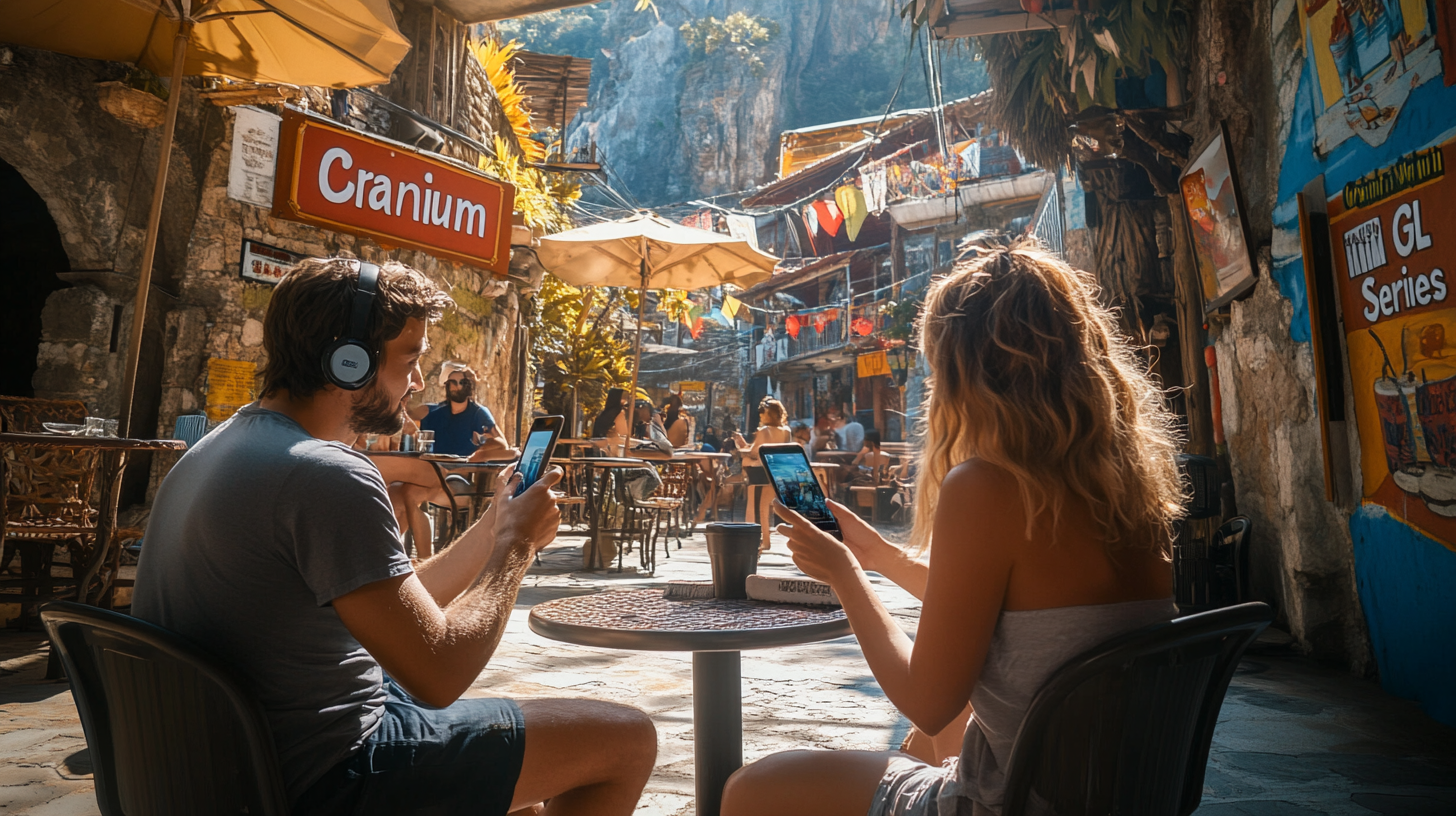
Electronic word of mouth (eWOM) is a potent force in the digital age, capable of swaying public opinion and influencing travel trends with remarkable speed. Positive endorsements and glowing reviews shared online can significantly enhance a destination’s appeal, attracting a surge of new visitors eager to experience the praised attractions. Conversely, negative feedback or viral posts highlighting unfavorable experiences can deter potential travelers, impacting a destination’s reputation and economic well-being. For instance, a widely shared negative review of poor service at a resort could lead to a noticeable decline in bookings. A study utilizing structural equation modeling with 401 social media users found that travel motivations and social media gratifications significantly influence consumer behavior, including eWOM adoption, as detailed in Influences of Social Media on Travel Consumer Behavior Study . This underscores the importance for travel-related businesses to maintain a positive online presence and engage actively with their audience to foster favorable perceptions.
Impact on Destination Popularity
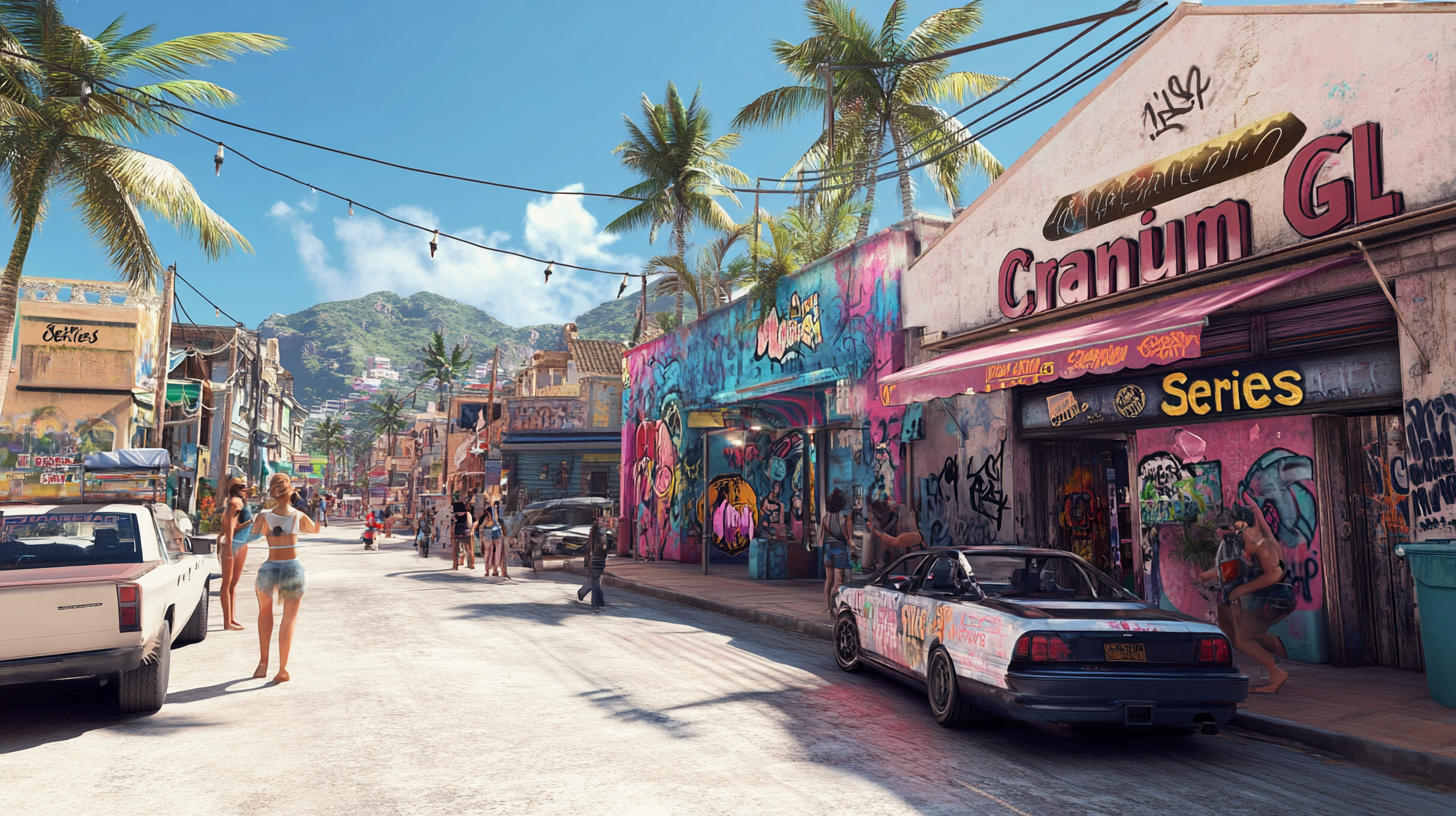
The collective sharing of experiences can dramatically elevate the popularity of destinations, often in a relatively short period. As more travelers post about a specific location, it gains exponential visibility across social media networks, attracting even more visitors who are enticed by the captivating portrayals. This viral effect can transform under-the-radar spots into booming tourist attractions, reshaping local economies and cultural landscapes. While this surge in popularity can bring economic benefits to a region, it can also pose challenges such as over-tourism, environmental degradation, and cultural commodification. For example, as discussed in The Environmental Impact of Social Media-Driven Tourism , the small Thai beach made famous by the film “The Beach” witnessed an unsustainable influx of tourists, leading authorities to close it temporarily to allow for environmental recovery. Such cases highlight the powerful and sometimes unintended consequences of social media-fueled popularity on destinations.
The Positive and Negative Influences of Social Media on Travel
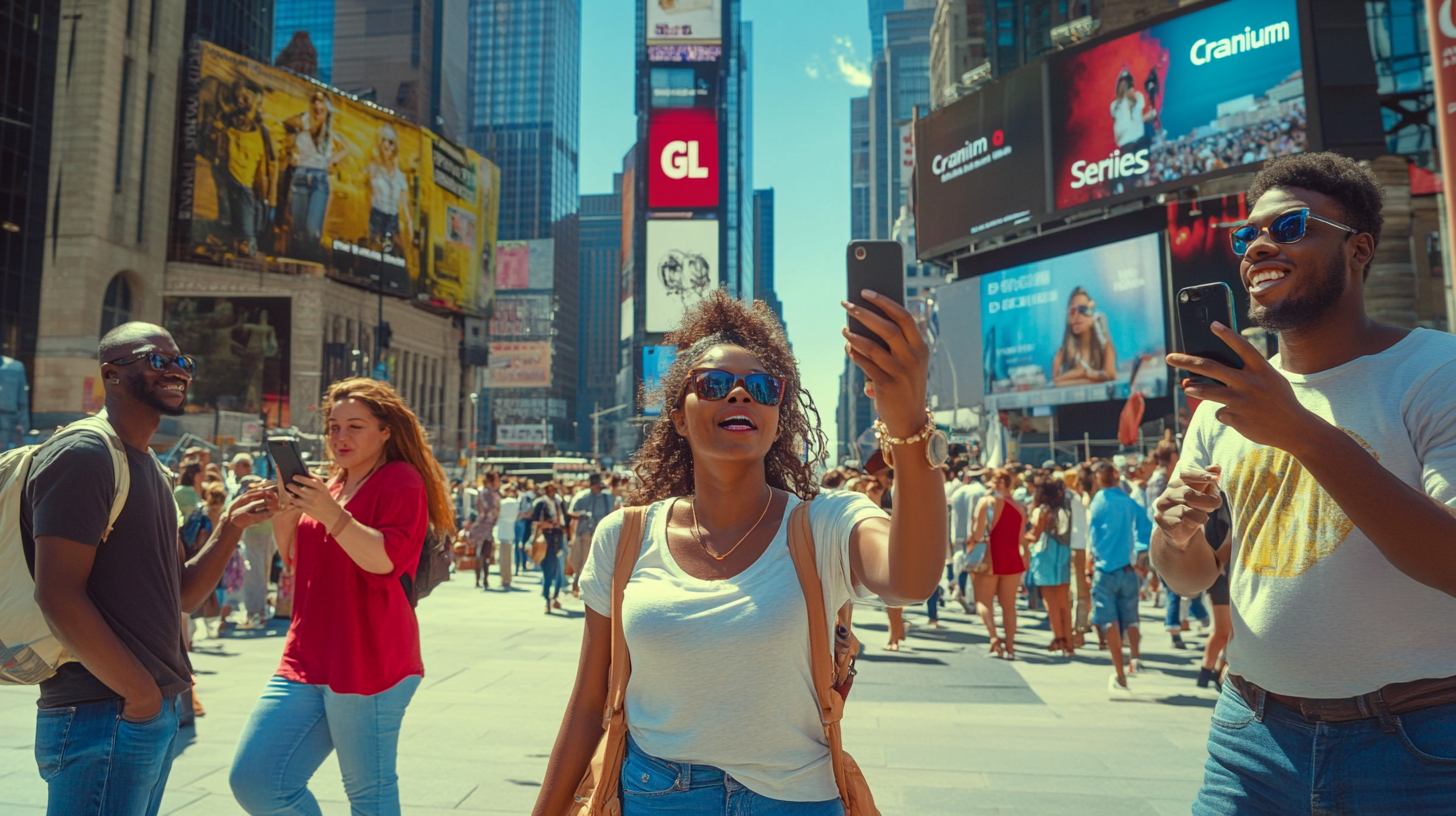
While social media enriches travel experiences by offering boundless inspiration and unprecedented connectivity, it also presents challenges that travelers and destinations must navigate. The portrayal of destinations is often curated to highlight glamour and perfection, showcasing picturesque moments that may not reflect everyday reality. Filters, careful framing, and selective content can create idealized images that set unrealistic expectations for potential visitors. When travelers arrive expecting the pristine beaches, uncrowded landmarks, and flawless experiences they’ve seen online, the contrast with reality can lead to disappointment. Furthermore, the emphasis on capturing the perfect shot can sometimes distract travelers from fully immersing themselves in their surroundings, detracting from the authenticity of their experiences.
Positive Impacts: Enriching Experiences
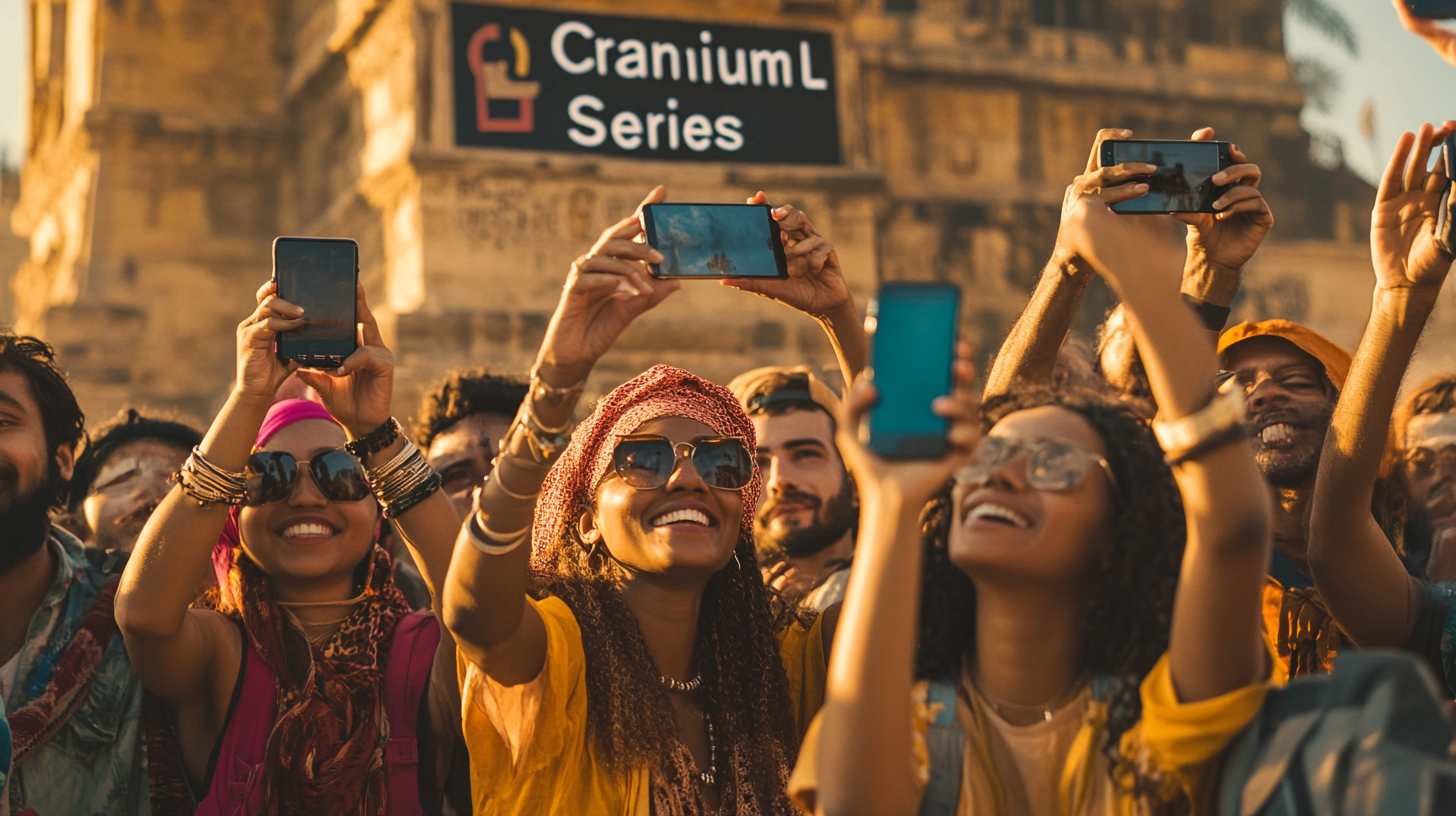
Social media enhances the journey itself by providing connections, instant engagement, and opportunities for content creation that enrich the overall travel experience. Travelers can connect with locals or fellow tourists through platforms and communities, gaining insider tips and making new friends along the way. Sharing experiences in real-time allows for immediate feedback and encouragement, fostering a sense of global community. Technology advancements like artificial intelligence (AI) and virtual reality (VR) further augment these experiences. AI-powered applications can offer personalized recommendations based on user preferences, as seen in AI in Personalized Travel Planning , suggesting hidden eateries or must-see attractions. VR can provide immersive previews of destinations, helping travelers plan their trips more effectively and build excitement before they even set foot on a plane. These tools make travel more accessible and tailored to individual desires, enhancing satisfaction and engagement.
Negative Impacts: Unrealistic Expectations
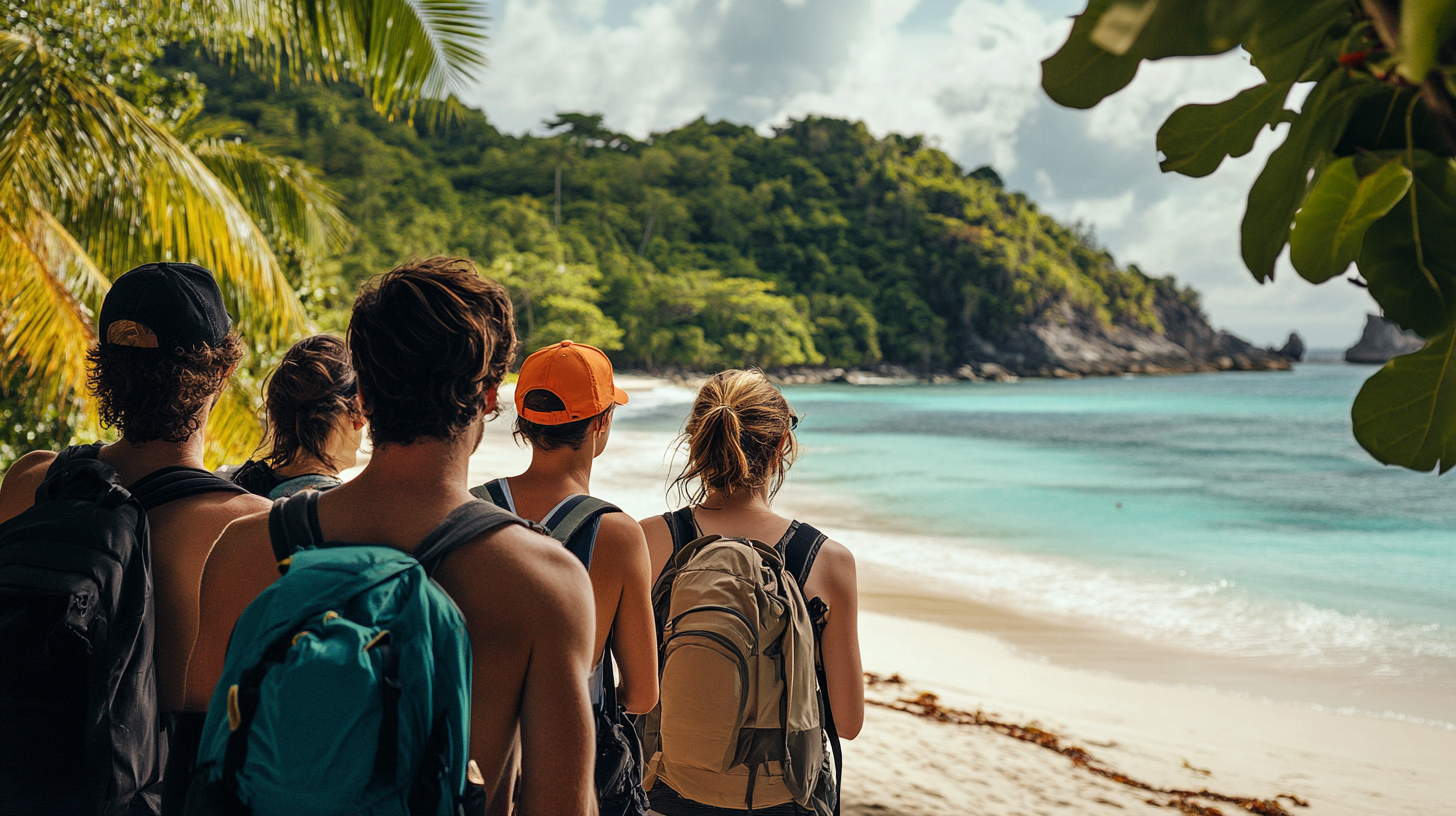
The glamorous portrayals of travel on social media can mislead travelers by presenting an idealized version of destinations that rarely matches reality. Photos often depict empty beaches, perfect weather, and seamless experiences, without acknowledging the crowds, weather unpredictability, or cultural nuances. When reality diverges from the curated images seen online, travelers may experience disappointment or frustration. It’s crucial for content creators and consumers to provide and seek context, acknowledging potential gaps in information and setting realistic expectations.
Recognizing this issue, initiatives like New Zealand’s “Do Something New” campaign urge travelers to think beyond the “Instagram square” and engage genuinely with new cultures instead of replicating influencer posts. For more on this, see Campaigns Promoting Authentic Travel Experiences . These campaigns encourage individuals to seek authentic experiences, explore lesser-known attractions, and interact with local communities rather than chasing picture-perfect moments. By promoting responsible and mindful travel, such initiatives aim to enhance travelers’ experiences and preserve the integrity of destinations.
The Role of Technology in Enhancing Travel Experiences
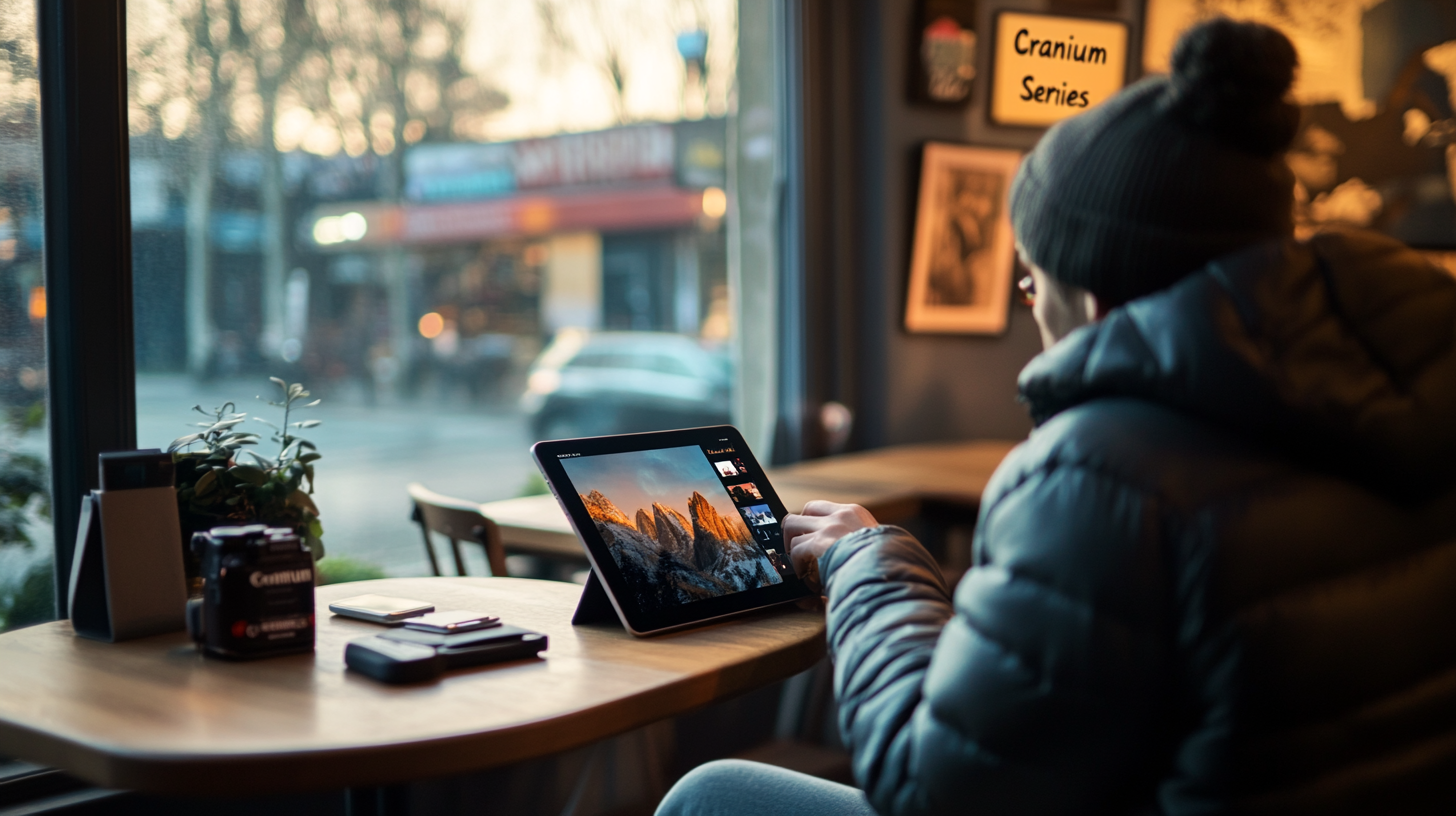
Advancements in technology have further integrated social media into every facet of travel, enhancing the way travelers plan, experience, and share their journeys. AI and VR technologies, in particular, have revolutionized traditional methods, making travel more interactive and personalized than ever before. AI-driven chatbots and recommendation engines can analyze user preferences and behavior to offer tailored suggestions for accommodations, restaurants, and activities, streamlining the planning process. VR technologies, as explored in Virtual Reality Transforming Travel Planning , allow users to take virtual tours of destinations, museums, and hotels, providing a taste of the experience before committing. Interactive guides and augmented reality (AR) applications enrich on-site exploration, overlaying information onto the real world through mobile devices. These tools not only make travel more accessible but also empower travelers to make informed decisions, enhancing satisfaction and engagement.
Social Media Self-Efficacy and Continued Use
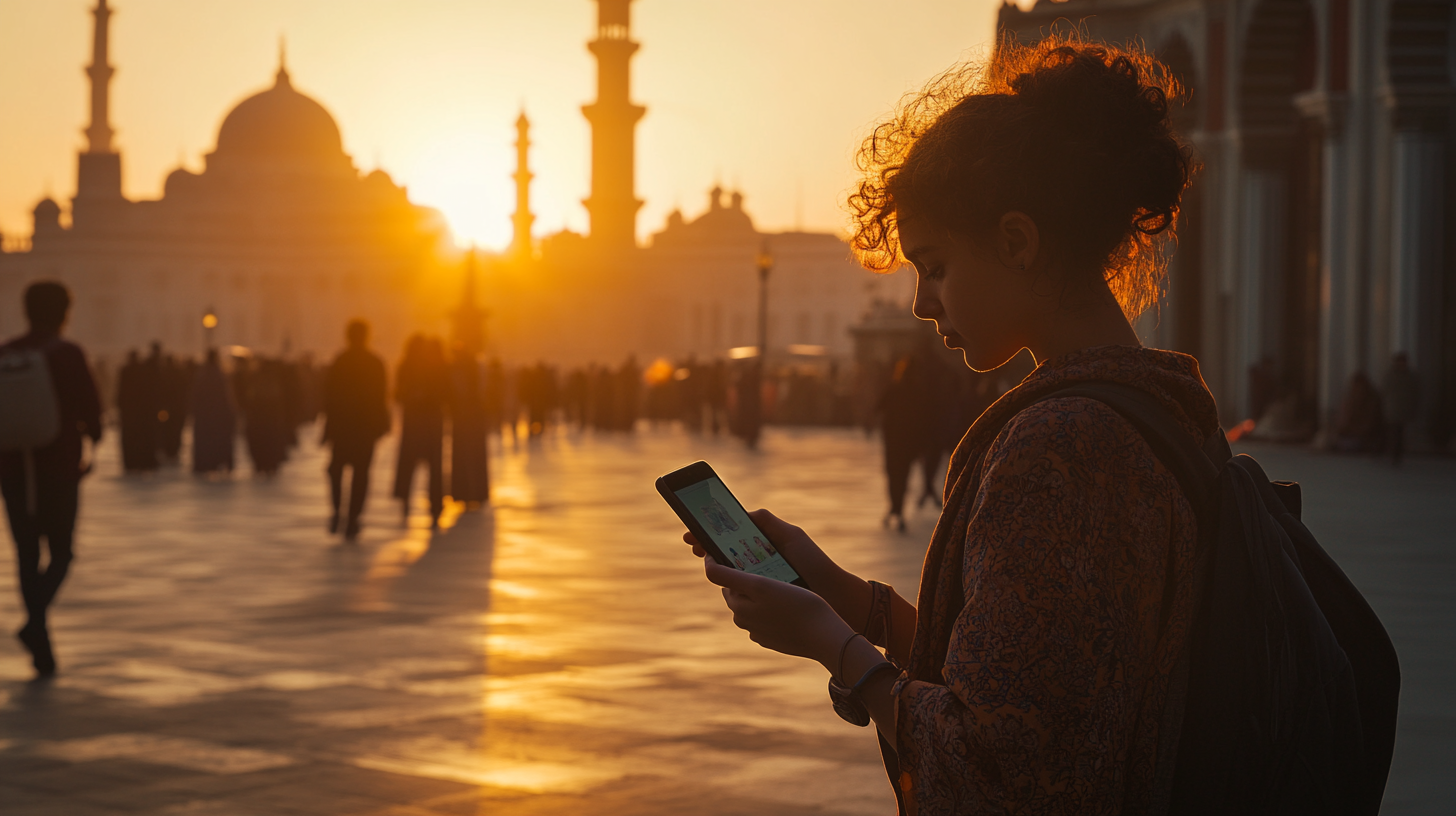
A study published in “Sustainability” examined the impact of cultural values on social media usage in travel contexts using the Technology Acceptance Model, as detailed in The Effect of Cultural Values on Social Media Use in Travel . The study found that social media self-efficacy, which refers to an individual’s belief in their ability to use social media effectively, indirectly impacts continued use through perceived ease of use and perceived usefulness. In other words, the more confident users are in navigating social media platforms, the more likely they are to find them useful and easy to use, leading to sustained engagement. Understanding these factors is crucial for travel service providers and platform developers, as enhancing user-friendly interfaces and providing support can encourage continued use. By tailoring their offerings to accommodate different cultural values and levels of self-efficacy, providers can better meet traveler needs and enhance customer satisfaction.
Cultural Considerations in Social Media Usage
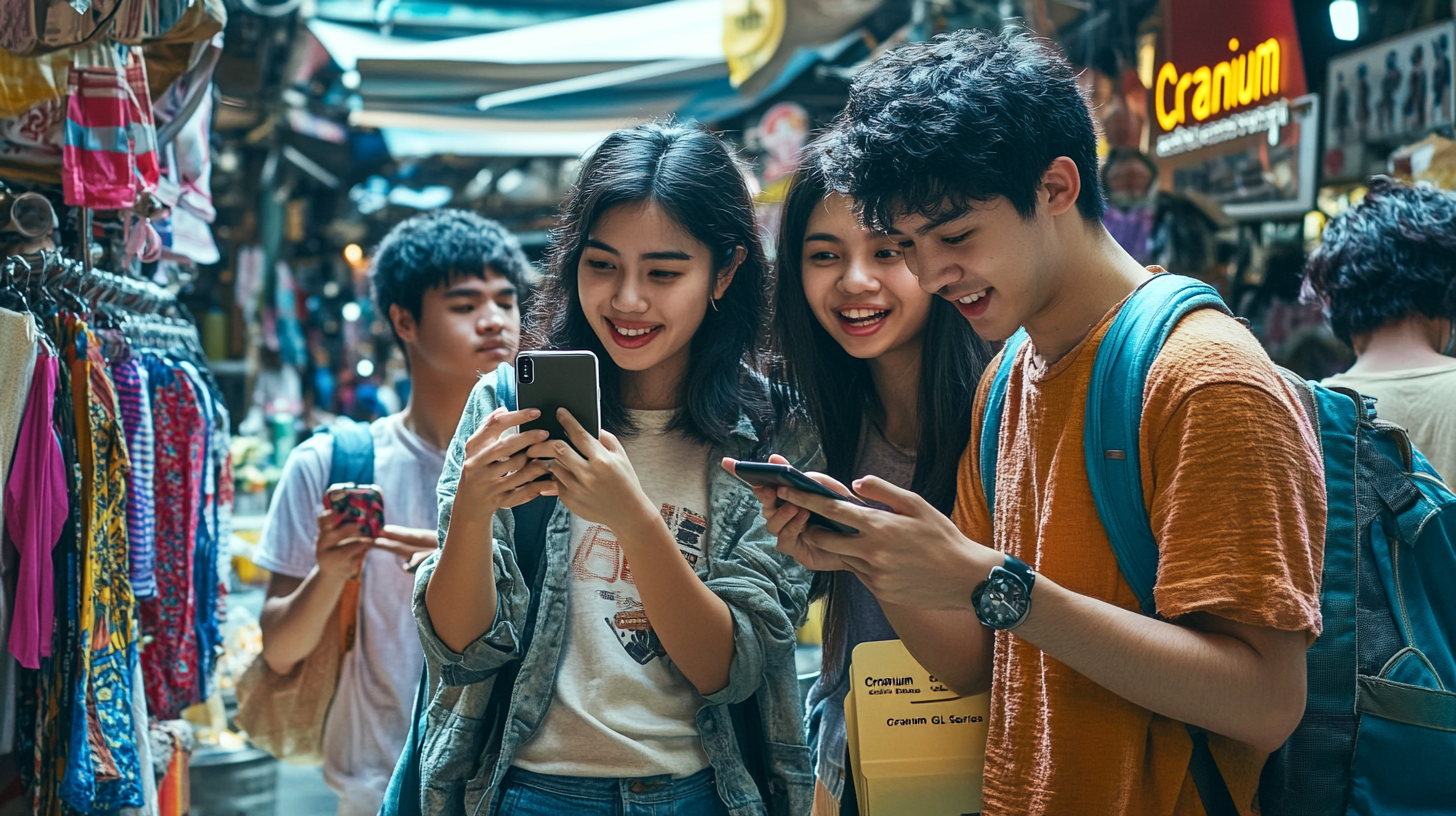
Cultural values significantly influence how social media is used in travel contexts, affecting perceptions, behaviors, and preferences. The study in “Sustainability” revealed that collectivism and long-term orientation have a positive effect on the perceived usefulness of social media in travel, suggesting that individuals from cultures that emphasize group goals and future planning are more likely to find value in using social media for travel purposes. Conversely, uncertainty avoidance did not show a significant impact, indicating that tolerance for uncertainty does not heavily influence social media adoption in this context. These insights, as discussed in Cultural Influences on Social Media Travel Behavior , highlight the importance of cultural sensitivity in digital travel marketing. By understanding the cultural values of target audiences, marketers and service providers can tailor content and strategies to resonate more deeply, enhancing engagement and effectiveness.
Case Study: Xiaohongshu’s Influence in China
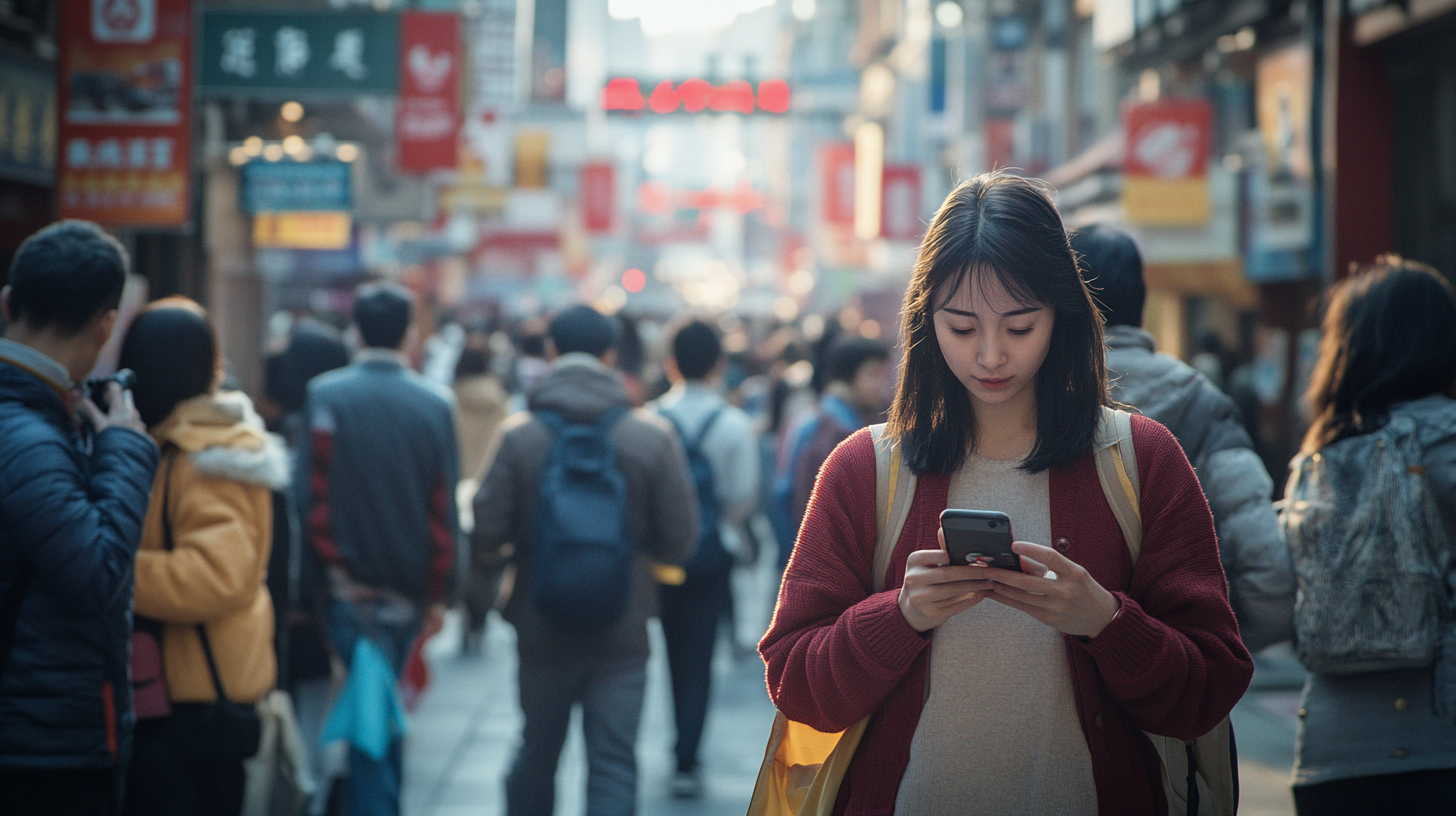
Xiaohongshu, also known as Little Red Book, is a major photo and video sharing platform in China that combines social media and e-commerce. It has a profound impact on travel motives among Macau’s tourists, particularly among younger demographics seeking authentic experiences and personalized recommendations. Through interviews and thematic analysis, researchers examined how this app affects tourist activities, as detailed in Impact of Xiaohongshu on Macau Tourism . They uncovered themes such as the desire for unique experiences, trust in peer reviews, and the influence of key opinion leaders (KOLs). The platform’s emphasis on community-driven content allows users to share travel diaries, tips, and reviews, shaping travel decisions and expectations. The findings from this research aim to benefit tourism and digital marketing by enhancing understanding of consumer behavior and suggesting strategies for digital transformation and growth. Companies can leverage platforms like Xiaohongshu to engage with consumers authentically, adapt to emerging trends, and foster brand loyalty.
Strategies for Travelers and Travel Service Providers
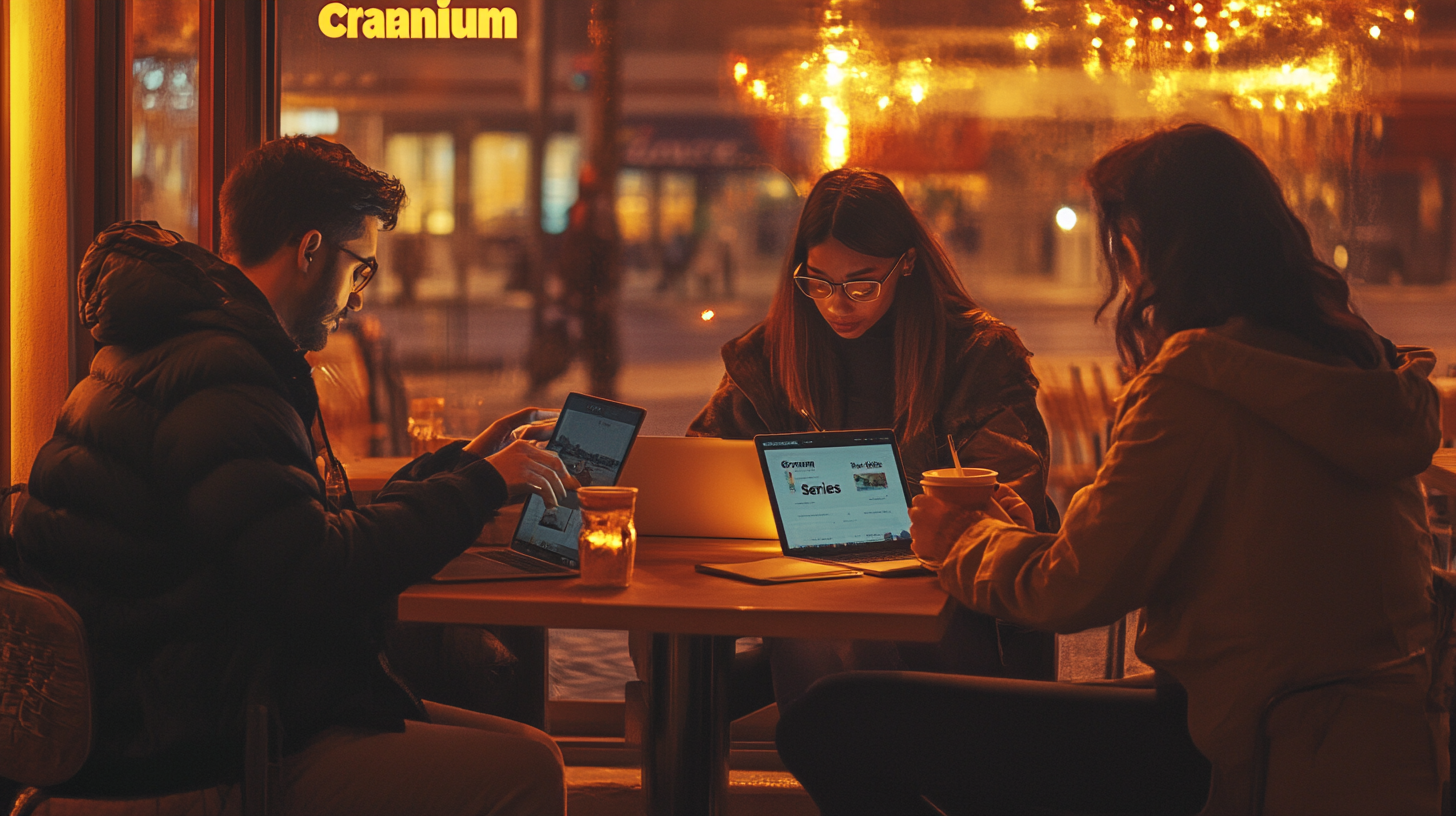
For Travelers: Seeking Genuine Experiences
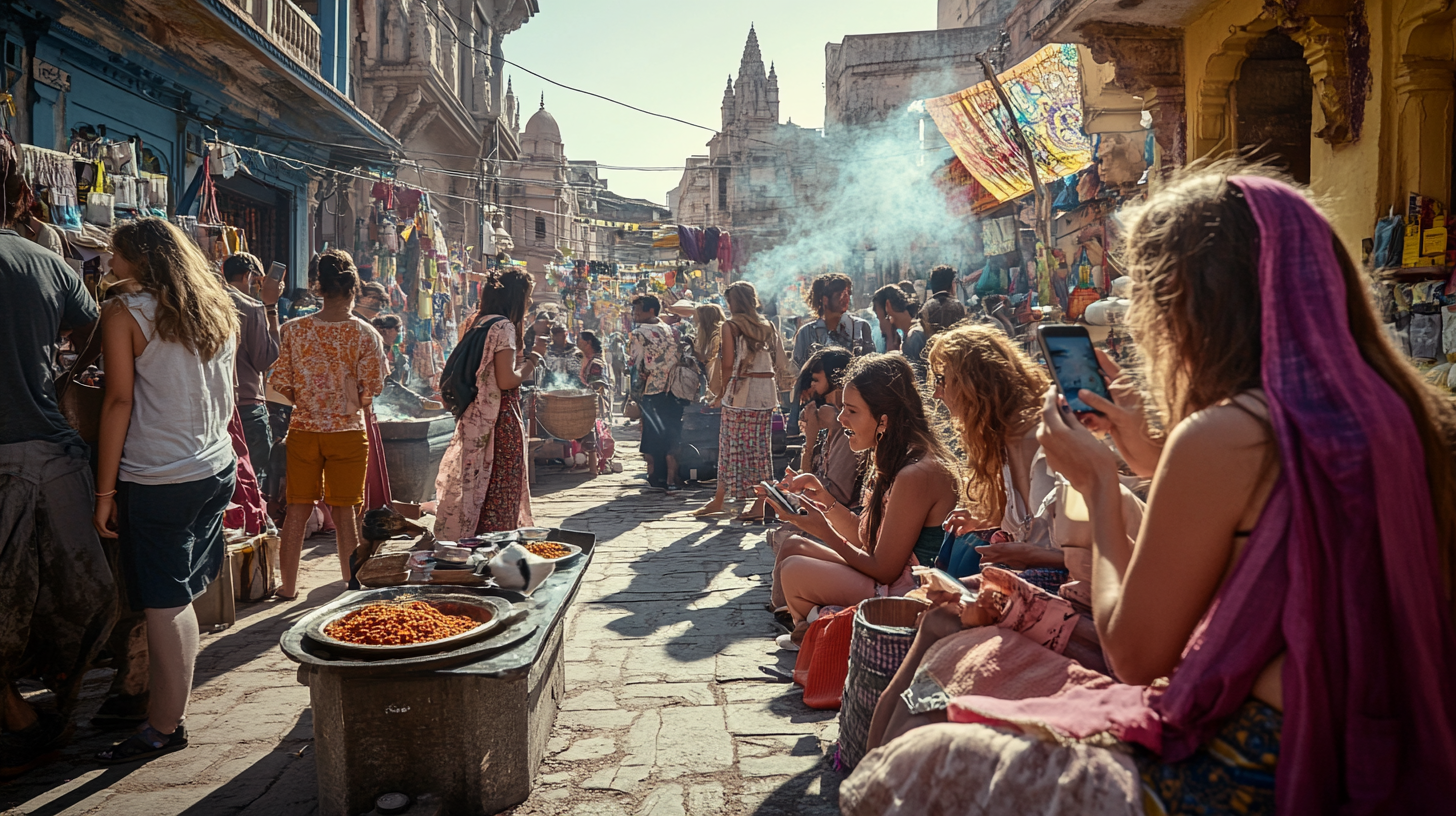
Travelers are encouraged to look beyond social media’s polished portrayals and seek authentic experiences that resonate on a personal level. Rather than focusing solely on replicating popular posts or visiting overexposed landmarks, engaging with local cultures can offer deeper insights and more meaningful connections. Exploring off-the-beaten-path destinations allows travelers to discover unique aspects of a place that are not widely publicized, fostering a sense of adventure and personal discovery. Embracing the unexpected, being open to new experiences, and interacting with residents can lead to more fulfilling journeys that enrich understanding and create lasting memories. For tips on authentic travel, see Guide to Experiencing Local Culture While Traveling . By prioritizing genuine engagement over curated perfection, travelers can broaden their horizons and gain a more authentic appreciation of the world.
For Providers: Leveraging Social Media Effectively
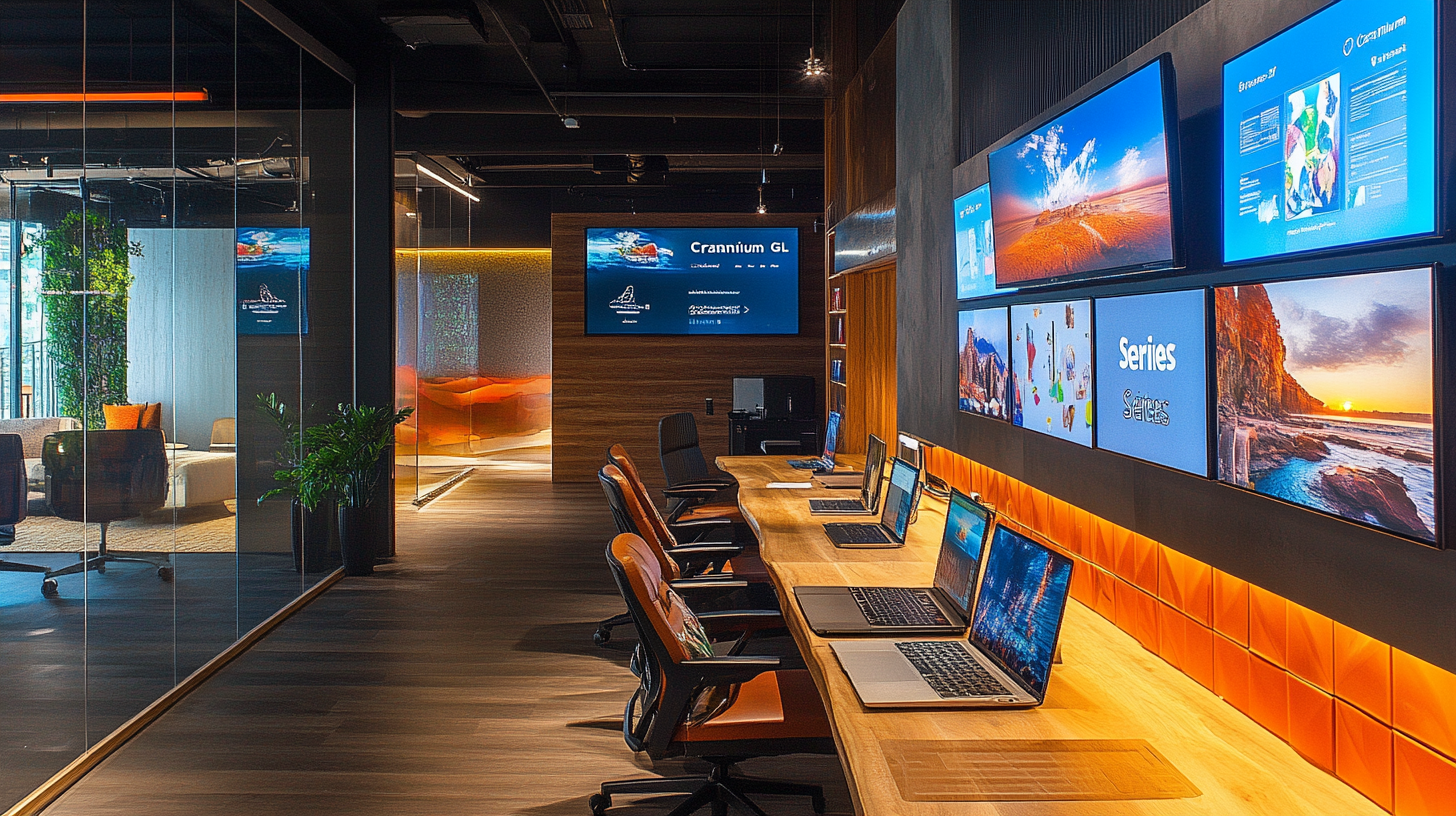
Travel service providers can harness the power of social media by engaging travelers through various strategies that align with modern consumer behaviors. Visual storytelling, utilizing high-quality images and videos, can capture attention and convey the essence of a destination or service. Encouraging user-generated content not only builds community but also provides authentic endorsements that resonate with potential customers. Targeted advertising allows providers to reach specific demographics based on interests, behaviors, and cultural backgrounds, enhancing the effectiveness of campaigns. Collaborations with influencers and key opinion leaders (KOLs) can expand reach and lend credibility, especially when influencers share genuine experiences. Understanding the cultural nuances and motivations that drive social media usage is essential for tailoring messages that connect emotionally with audiences. For more strategies, see Effective Social Media Marketing for Travel Services . By leveraging these techniques, providers can enhance marketing strategies, foster customer engagement, and ultimately drive growth in a competitive landscape.
Final Thoughts
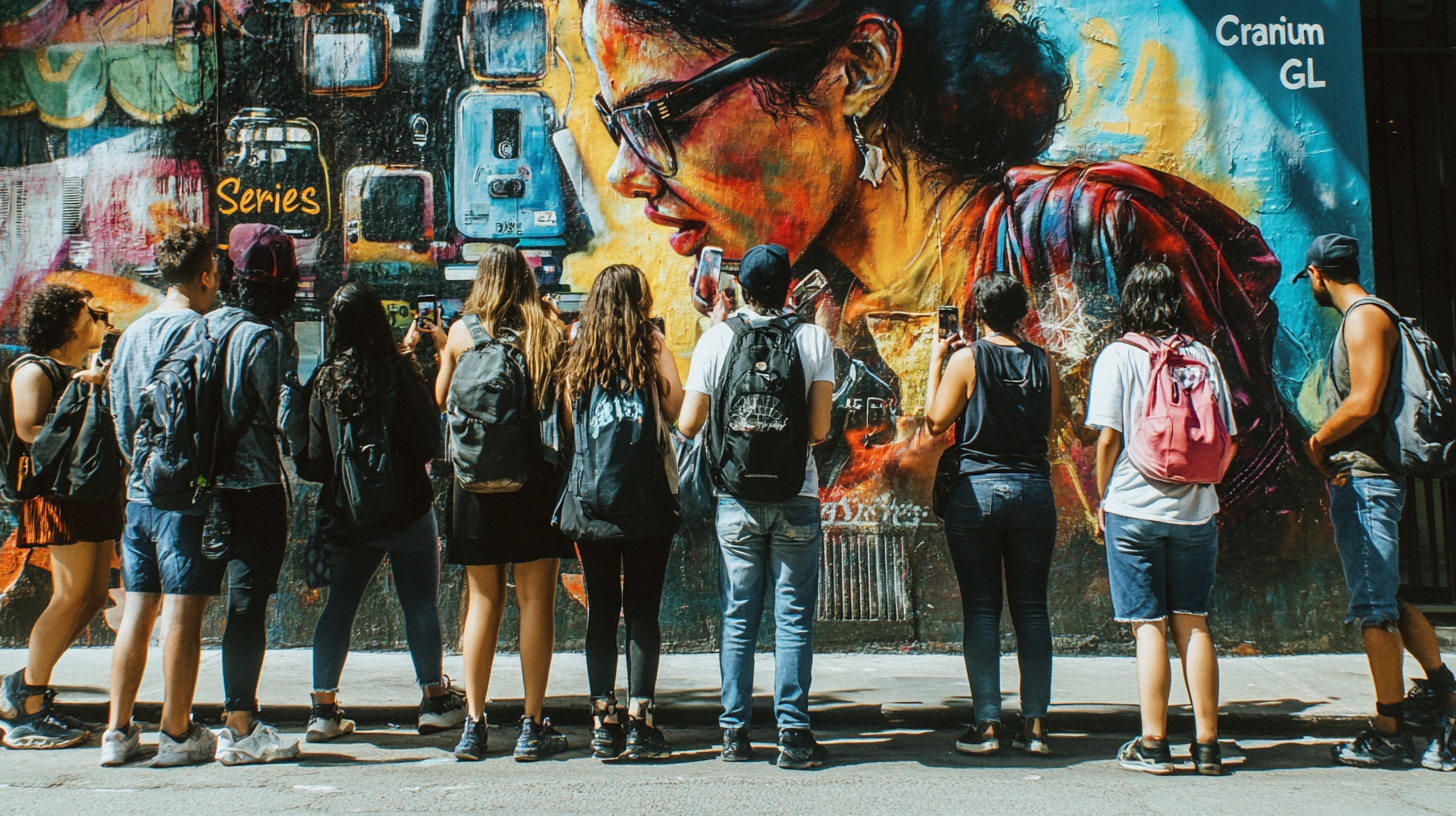
Social media’s influence on travel in the digital age is undeniable and multifaceted. It serves as a source of inspiration, a tool for planning, and a platform for sharing that collectively shape how we explore the world. By understanding the dynamics of social media in travel, both travelers and providers can navigate the digital landscape effectively, enriching experiences and fostering genuine connections.
Follow us back to Seat 5A for more insights and inspiration. As we embrace the joys of travel in this digital era, it’s important to balance the allure of online portrayals with authentic, meaningful exploration. By doing so, we can ensure that travel remains a source of personal growth, cultural understanding, and shared humanity, even in an increasingly connected world.



